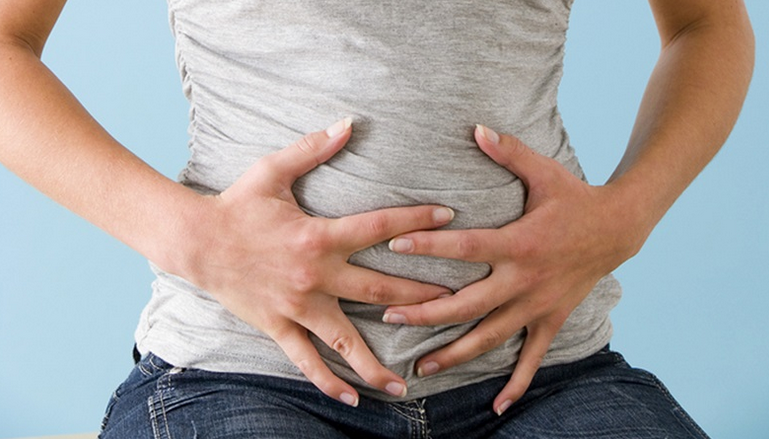7 Types of Abdominal Pain You Shouldn’t Ignore
January 31 2018We’ve all experienced abdominal pain at some point. While it’s often just a passing symptom you can ignore, sometimes it can be a sign there’s a serious problem.

So, how do you know whether that wrenching pain is just a garden variety stomach upset that will pass as soon as that pesky gas works its way through your system — or something much worse?
The clues, experts say, are in the character of the pain — how long you’ve had it, its severity, where it’s located — and whether there are certain symptoms accompanying it.
“Most people who have abdominal pain in the absence of what we call ‘red flag symptoms’ will not have a bad cause for the pain,” says Dr. Stephen Hanauer, a professor of medicine and medical director of the digestive health center at Northwestern University.
Here are seven symptoms you should pay attention to:
1. Sudden or severe pain
Especially if it gets worse and worse, this can be a sign of appendicitis or a gallbladder attack, Hanauer says.
2. Pain accompanied by nausea and vomiting
This symptom, especially if you are vomiting blood, can be a red flag, says Dr. Daniel Hollander, an inflammatory bowel disease specialist and a professor of medicine at the University of California, Los Angeles. “This could be a sign of a bleeding ulcer or esophagitis or an obstruction or partial blockage of the small intestine,” Hollander says. “If it’s connected to flu-type symptoms, like a sore throat, then I wouldn’t worry.”
3. Pain that’s made worse when you have a bowel movement
That could be a sign of colitis, pancreatitis or pancreatic cancer, Hollander says.
4. Pain that wakes you up at night
“When we go to sleep, our intestines go to sleep,” Hanauer says. “Further, our brains usually turn off many pain signals while we sleep. So if the pain is bad enough to wake us up, that’s concerning. For example, severe, sudden pain that wakes us up in the middle of the night can mean the gallbladder is inflamed or a gallstone is passing.”
5. Pain that comes with a fever
This could be a sign of appendicitis or diverticulitis, Hanauer says.
6. Pain that improves when you eat
This could signal an ulcer, Hollander says. “Colitis and Crohn’s disease can get worse about an hour after eating,” he adds.
7. Cramping pain
This may suggest colitis, an obstruction or kidney stones, Hollander says. “Steady pain with a long duration makes you think about cancers or pancreatitis,” he adds.
The location of the pain can give you a clue about what body systems are involved, Hollander says. “In pancreatic diseases, the pain often goes straight from the front to the back,” he adds. “Pain located in the upper abdomen may be caused by an ulcer. Pain that is lower down could be related to colitis or an obstruction.”
Sourced from TODAY.
